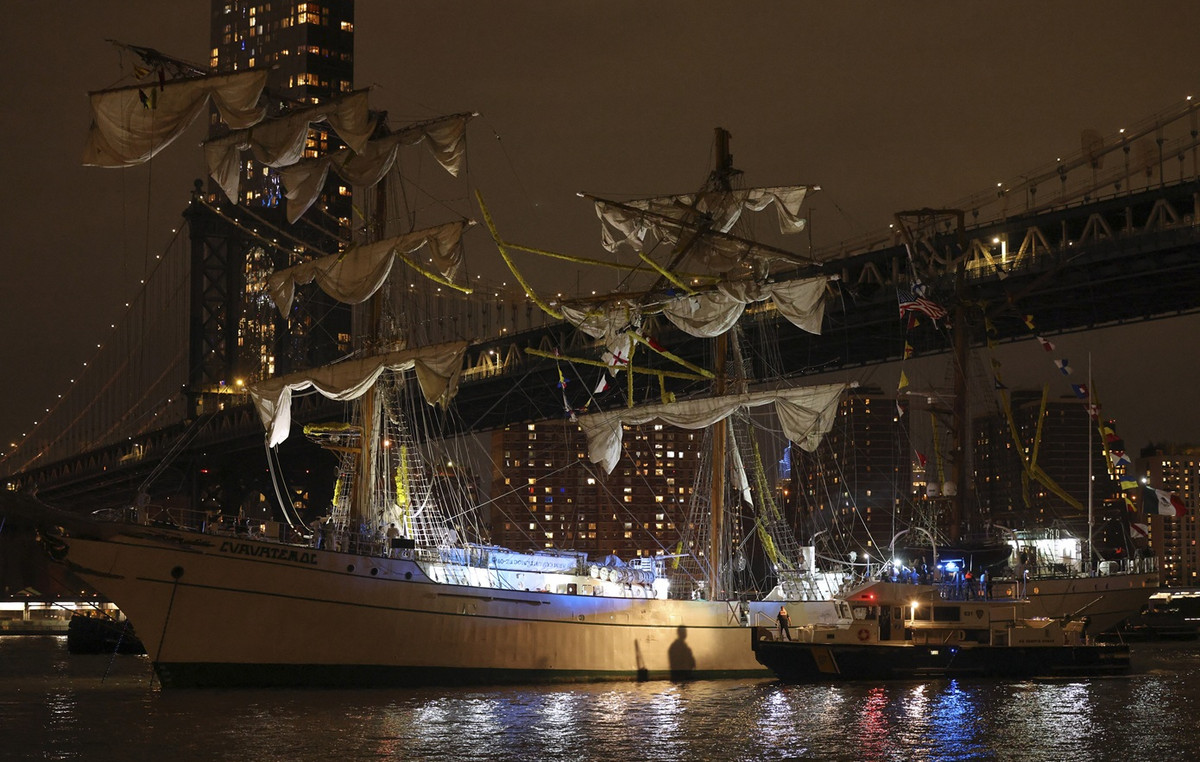European natural gas prices rose to their highest level in nearly four months on supply concerns amid the worst energy crisis in decades, according to Bloomberg.
European energy markets are in turmoil with Russian supplies at multi-year lows, coupled with fierce competition for liquefied natural gas (LNG) with Asia, where prices have soared to record highs in during the summer.
Traders are also keeping a close eye on exports from Norway, where strike action planned for this week threatens to cut gas and oil production. Production at three fields began to be disrupted on Tuesday as strikes began, with two more work stoppages planned in the coming days.
So far, dispatch orders published by Norway’s grid operator show flows little changed for Tuesday. But strikes could escalate on Wednesday and into the weekend if a pay dispute is not resolved, according to a local union.
Against this backdrop, the Dutch contract – the European benchmark – rose 6.4% to 173.29 euros per megawatt hour. The corresponding British contract “jumps” up to 13%.
Another near-term risk is the fear that the Nord Stream pipeline – Europe’s main route for natural gas from Russia – will not restart after 10 days of maintenance starting on July 11. It’s a possibility that the region’s biggest consumer, Germany, is already considering as an option.
Meanwhile, German gas giant Uniper SE is in talks with the government about a potential rescue package of up to 9 billion euros, according to a source with knowledge of the situation. Germany’s economy minister, Robert Habeck, has warned that the natural gas crisis risks triggering a market collapse, similar to Lehman Brothers’ role in the financial crisis.
“Unpredictable” Russia
Market developments are difficult to predict given Russia’s “unpredictable behavior,” the International Energy Agency said in its quarterly market report released Tuesday. “A complete disruption of Russian gas flows cannot be ruled out,” he added.
A complete supply cut that becomes permanent is the “least likely scenario,” but the chances of Nord Stream’s flows remaining reduced are high, the officials said. Goldman Sachs analystsraising their price forecasts in Europe.
For now, shipments through the pipeline remain at about 40 percent of capacity after Russia cut supplies last month, citing technical problems.
Flows from Germany to Poland via the Yamal-Europe pipeline dropped to zero early Tuesday, network data showed, amid seasonal maintenance at the Mallnow station between the countries scheduled for Tuesday-Wednesday.
Source: Capital
I am Sophia william, author of World Stock Market. I have a degree in journalism from the University of Missouri and I have worked as a reporter for several news websites. I have a passion for writing and informing people about the latest news and events happening in the world. I strive to be accurate and unbiased in my reporting, and I hope to provide readers with valuable information that they can use to make informed decisions.







